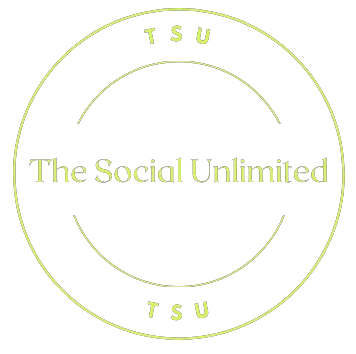THE GIST
Content marketing has become a wasteland of recycled ideas, turning into an echo chamber where profound marketing concepts are diluted. Amid this chaos, the distinction between awareness content and sales-driven content gets lost in the noise.
Sure, everyone claims to understand the importance of creating awareness. But let’s set the record straight:
- it isn’t just about making noise
- not all content is created equal
- awareness alone doesn’t equal sales
To truly succeed, we need to stop conflating the two and recognize their different roles in the customer journey. So, let’s dive into why awareness is essential but doesn’t guarantee that your audience will open their wallets.

Understanding the Role of Awareness in the Buyer’s Journey
Awareness is the first stage of the buyer’s journey, where potential customers recognize a problem or need. During this phase, content serves to educate and inform, positioning your brand as a credible source.
Buyers move through several stages > from awareness to consideration, and finally, to decision-making, before making a purchase. Understanding this journey is important to create effective content strategies that cater to each stage.
The Key Differences Between Awareness and Conversion Content
Awareness marks the starting line of the buyer’s journey, where potential customers begin to identify a problem or need. Buyers don’t just leap into a purchase, they navigate several stages before making a decision.
Key Differences:
- Purpose: Awareness content focuses on education and information, whereas conversion content emphasizes calls to action and customer engagement.
- Tone: Awareness content often adopts a softer, more informative tone, while conversion content is typically more direct and persuasive.
- Metrics: Awareness is measured by engagement metrics (reach, shares, impressions and views), while conversion content is evaluated based on sales figures, lead generation, and other conversion rates.
Why Awareness Doesn’t Always Lead to Sales
Creating awareness is just the beginning of the journey, yet many B2B brands stumble when it comes to turning that interest into actual sales. So, why does this happen?
Let’s break it down:
- Lack of Clear Messaging: If your content doesn’t effectively communicate the value of your product or service, potential customers may drift away, losing interest before they even get to the good stuff.
- Inconsistent Follow-Up: Awareness is only half the battle. To truly nurture leads, you need consistent follow-up content that keeps the conversation going and the interest alive.
- Buyer Readiness: Not everyone who shows interest is ready to make a purchase. Many may still be in the research phase, needing more information to feel confident in their decision.
Strategies to Align Your Content Goals with Sales Objectives
Aligning your content goals with sales objectives isn’t just smart…it’s essential. Just like a good caption needs to grab attention quickly, your content strategy should be designed to push your sales agenda forward. But you don’t need a sprawling blueprint to make this happen.
So, how do you keep it simple yet effective? Here are a few strategies to make your content work for sales:
1) “Reverse Engineer” Customer Success Stories
Instead of starting with your solution or service, begin with successful customer stories. Create content that retraces their journey backwards from success to initial pain point. This naturally showcases your solution’s value without being salesy.
2) Follow Your Buyer’s Breadcrumb Trail
Many buyers today feel overwhelmed by too many choices and information. This makes it essential to simplify their experience.
Consumers, especially decision-makers, are careful about how they spend their time. They want relevance, not fluff AKA content that meet their needs instead of generic content that doesn’t resonate with them.
It’s important to guide them through each step of their journey from becoming aware of a problem to considering solutions and finally making a decision.
3) Provide the Answers Your Audience Craves
Ditch the information dump. Focus on what your audience truly needs to know, not just what you want to say. This approach cuts through the noise and delivers real value.
Key questions to ask yourself:
- What burning questions keep your audience up at night?
- Which pain points are they desperately trying to solve?
- How can your expertise light the way to their “aha” moment?
By prioritizing their needs, you will create content that connects and converts.

THE SIGN-OFF
Awareness alone won’t fill your sales pipeline. Smart B2B brands recognize
– the chasm between informing and converting
– the importance of creating content that evolves with their audience’s journey
After all, the goal isn’t just to be seen — it’s to be CHOSEN.
Visit The Social Unlimited to book your FREE STRATEGY & PLANNING SESSION!

